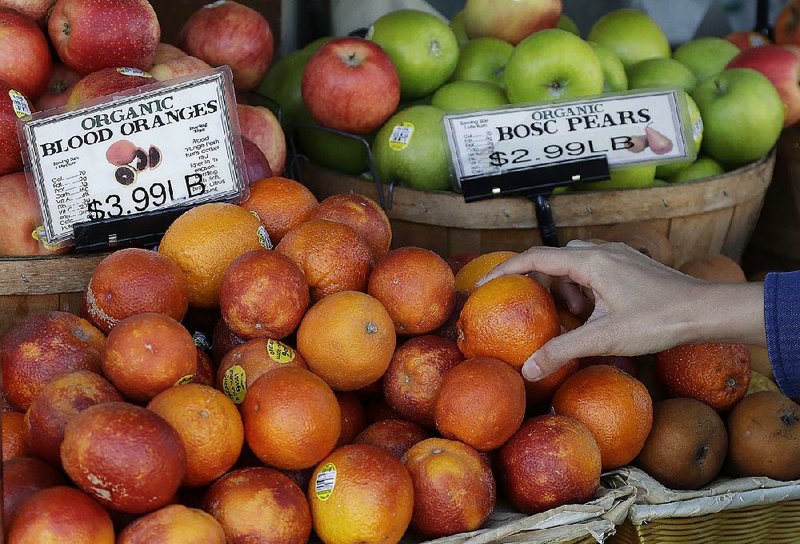WASHINGTON -- U.S. wholesale prices increased 0.3 percent in March, driven higher by the largest increase in food costs in nearly four years.
The Labor Department said Tuesday that the March gain in the producer price index, which measures inflation pressures before they reach the consumer, followed a 0.2 percent rise in February and a 0.4 percent jump in January.
Food prices at the wholesale level surged 2.2 percent, the biggest increase since April 2014, with many categories showing gains. Energy costs, however, fell 2.1 percent as gasoline prices dropped 3.7 percent, the largest monthly decline since May.
Over the past 12 months, wholesale prices have risen 3 percent, the fastest annual pace since last November and another sign that inflation pressures have started to increase after years of being dormant.
Rising food prices are tied to weather that affected crops, but analysts still believe the report shows that inflation pressures are beginning to increase.
"The numbers aren't yet alarming, but neither can we say with any confidence that [wholesale] inflation has peaked," said Ian Shepherdson, chief economist at Pantheon Macroeconomics.
Core inflation, which excludes volatile food and energy prices, was up 0.3 percent in March, and 2.7 percent over the past 12 months.
The Federal Reserve last month increased its benchmark interest rate by a quarter-point and signaled that it expected to raise rates a total of three times this year, the same number of rate rises it delivered in 2017. However, many economists believe that stronger economic growth and a rise in inflation pressures will end up pushing the Fed to slightly accelerate its pace to four increases this year.
The big increase in food costs reflected widespread gains across a number of categories with fish prices jumping 62.5 percent, the biggest gain since 2014, while egg prices were up 41.6 percent and vegetable costs rose 31.5 percent.
The figures, which measure wholesale and other selling prices at businesses, reaffirm the broad view that cost pressures in the production pipeline continue to firm up. Proposed tariffs also threaten to raise costs of imported materials for U.S. manufacturers.
The report showed 0.3 percent gains in the costs of goods and services. About 70 percent of the March increase was tied to final demand services. Costs for cable and satellite subscriber services jumped 3.6 percent, the most in records to January 2009. Expenses also increased for outpatient care, airline services, rail transportation and trucking. Margin costs grew for wholesalers and retailers, the report showed.
Some economists prefer looking at the producer price index excluding food, energy, and trade services, because it strips out the most volatile components of the inflation gauge.
Some other measures show inflation is making progress as the Federal Reserve anticipates. Policy makers raised the benchmark interest rate in March and are expected to lift borrowing costs at least two more times this year.
Information for this article was contributed by staff members of The Associated Press and by Shobhana Chandra and Jordan Yadoo of Bloomberg News.
Business on 04/11/2018
